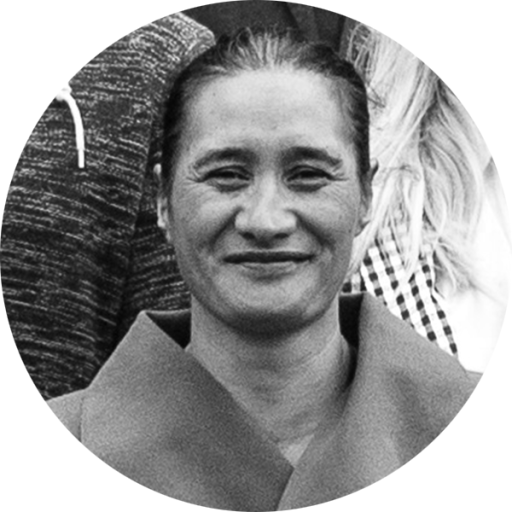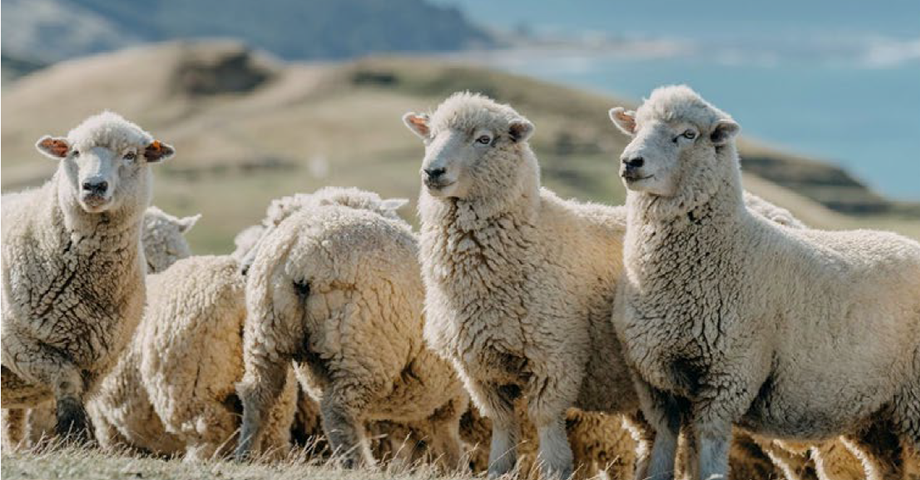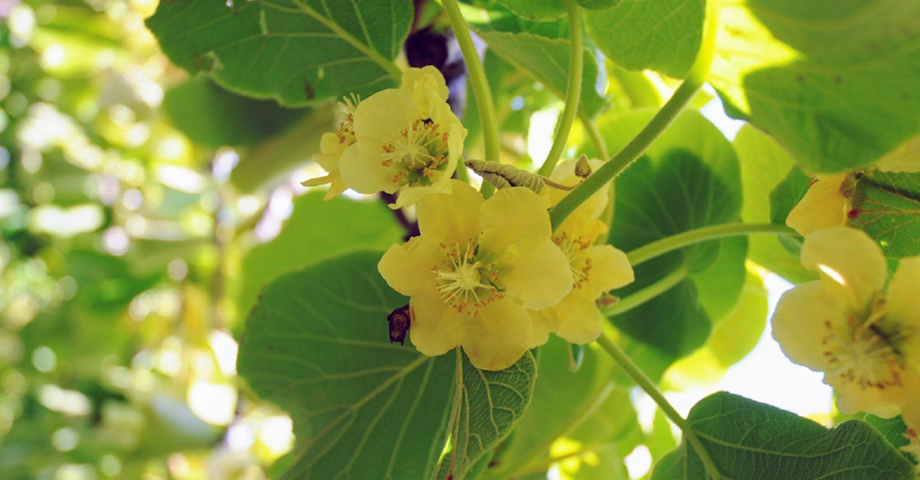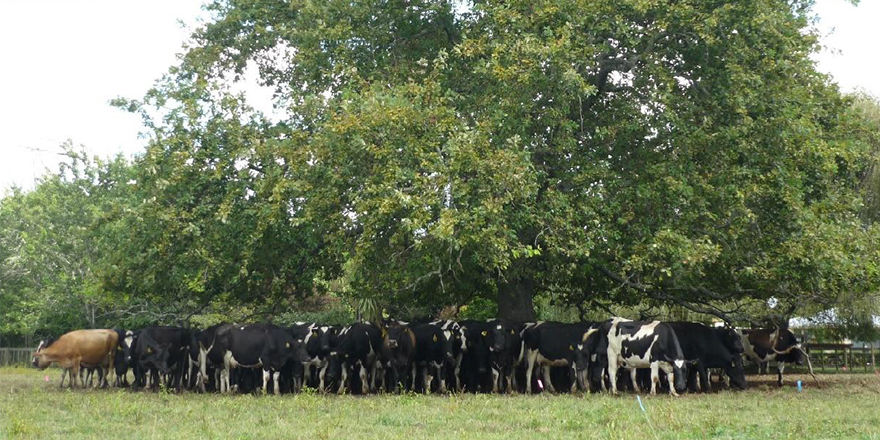
Executive summary
“ Whaia te iti kahurangi ki te tuohu koe me he maunga teitei, ki nga whetu rawa”
__
“Seek the treasure that you value most dearly, if you bow your head, let it be to a lofty mountain, let it be beyond the stars”.
This whakataukī is about perseverance and endurance. Refusing to let obstacles get in your way while striving to reach your goals.
This research paper looks at the need for women in leadership, the need for te ao Maori and tikanga Maori in the workplace, the current resistance to change and posits how this might change.
Traditionally and historically the leadership role has been the domain of men in Maori and mainstream organisations. Progress is happening, glacial as it feels at times.
Although there has been little research into gender bias in New Zealand, overseas studies have concluded it is prevalent at all levels.
In 1993, Dr Sheilah Martin, Dean of the University of Calgary, “identified five commonly alleged sources of gender bias. While conceding that bias can arise in many situations and can assume a number of forms, she maintained that it typically occurs where decision makers:
- fail to be sensitive to the differing perspectives of men and women;
- apply double standards or rely on gender stereotypes in making decisions;
- fail to recognise harms that are done to one group only;
- apply laws or make decisions that exclude people on grounds of gender;
- are gender-blind to gender-specific realities;
- rely on gender-defined norms;
- make sexist comments.” (New Zealand Law Commission, 2003).
AAUW (2016) report Barriers to women leadership that occurs due to the qualities of leaders are based on male models; (stereotypes) that the traits associated with leadership are viewed as masculine; men surpass women in networking to find mentors and sponsors; bias and discrimination and the lack of flexibility balancing family and work as women are viewed as the primary carer.
The purpose of this research paper is to identify potential pathways, for wahine and business, to enable Maori women with the potential to move into leadership positions.
The research has sought to understand the experiences and perspectives of successful wahine leaders and the barriers they faced.
The objectives of the research are set out in section 4.1, the methodology used in section 4.2, the findings in section 6 and the conclusions in section 8. The research provides a snapshot into the relationship Maori business and primary sectors have with the Maori economy; Explains the importance of kaupapa Maori in business and leadership; Provides an insight on the status of women and Maori women; Maori leadership, Maori women leadership and governance. Section 4.2: Research Methodology, focus on research method. Section 6 offers a brief and the voices of the Maori women who are the focus of this research. Section 7 weaves together the research by providing a discussion and interpretation of the overall findings. Section 8 presents the conclusions. Section 9 presents the recommendations.




